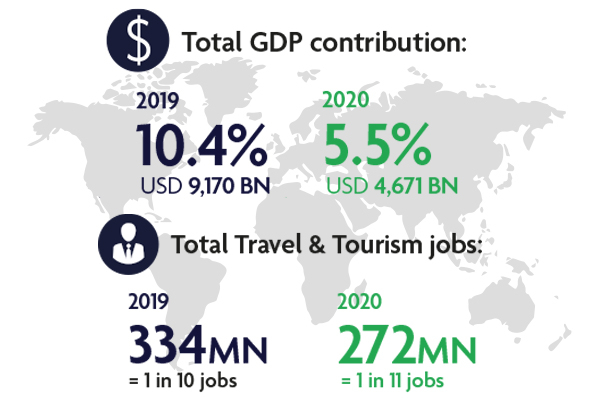Some components included in an integrated human-natural systems model to capture feedbacks between human-caused drivers and natural systems at the regional and global scale. Credit: DOE
Earth systems models view the world as a complicated web of interactions between many different forces. For example, natural water supplies are important to both farmers and power plant operators. The decisions made by farmers and power plant operators, in turn, affect rivers and streams.
Multi-sector Dynamics Modeling (MSD) is used by scientists to investigate the interactions and interdependencies between human and natural systems. These systems are complex and adaptive. They interact and coevolve in response to short-term shocks as well as long-term influences and stresses. Interactions occur everywhere from local to global scales and influences often cross scales. Interactions across these systems often respond in non-linear ways to stresses. These systems can experience cascading effects or failures after crossing tipping points.
By improving our understanding of interrelated systems, we better understand the potential trajectories, vulnerabilities, responses, and resilience of those systems. This would also help us better understand the structure, function and evolution of the complex human-environmental landscapes that embody these systems.
MSD often includes representations of energy, water and land systems, infrastructure, natural resources, economies, technologies, populations, climate, and weather patterns and extremes. MSD’s strength—and greatest challenge—is how it links socioeconomic, physical, engineering, and Earth system components into risk and decision frameworks.
Multi-Sector Dynamics Modeling Facts
DOE Office of Science & Multi-Sector Dynamics Modeling
The Office of Science (SC) supports MSD in part by fostering broad scientific use of these methods. For example, SC encourages scientists to share data and develop open-source models. These steps help tools serve the needs of many users working with many different systems.



